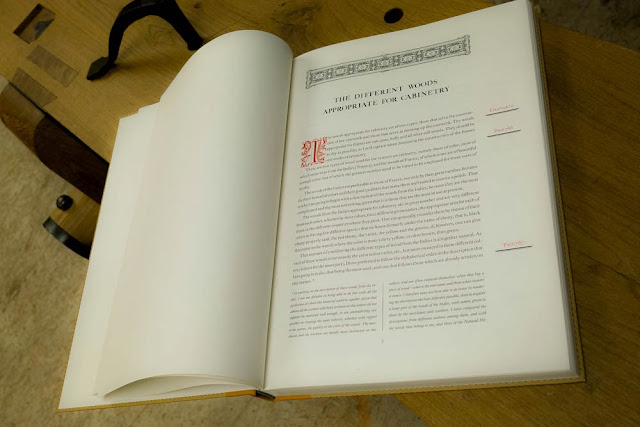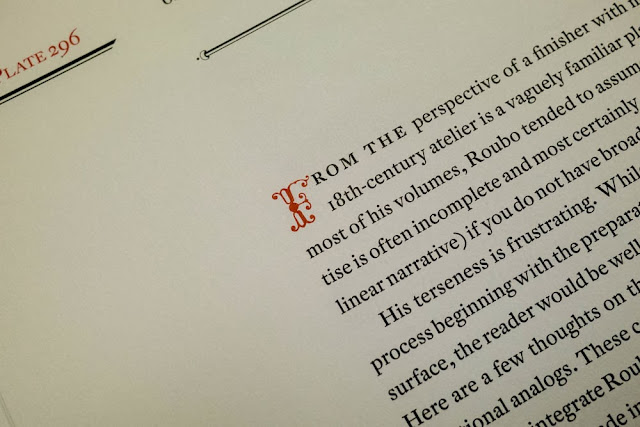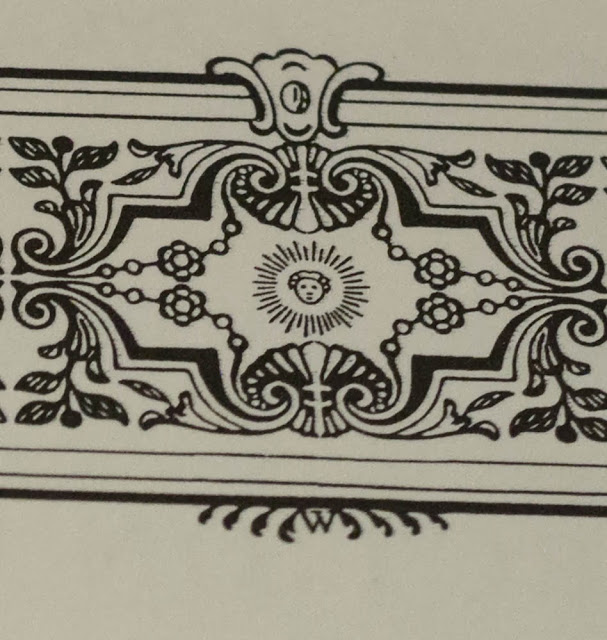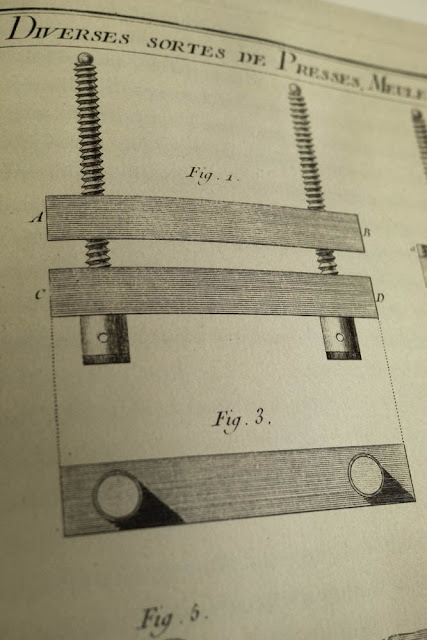Last week George and I finished up the Minecraft chest. For a project that we stretched out over 7 months, a 10-year old boy was surprisingly patient. I let him make a few of the critical decisions along the way, including how involved to get with the finish.
Here's how we made it.
First we had to do some research. Steve's chest is a cube made up of 8-bit pixels. Count the pixels and settle on an overall size for the chest and then we could determine the pixel size. We decided a cubic foot would be a good size for a 10-year old boy.

The cube-shaped chest is fourteen pixels square, so each pixel would be 7/8" x 7/8". That would yield about 1 cubic foot. We decided early on that we'd keep the project simple for ease and speed. We didn't want to fuss with a bunch of different wood species to capture an exact look. We did want to retain the pixelated 8-bit look, but not so much that the finished piece looked like a prop, hokey or temporary, so we refined some of the elements just a little. We wanted it to look like a piece of furniture. We settled on cherry for the panel's fields, and macassar ebony for the border of each field. Although the border is pixelated, we wanted an uninterrupted border for our chest, both for looks and durability. We joined the border at the corners with butt joints to keep the rectilinear theme. Mitered corners would have looked odd.
We started out with cherry veneer, but quickly realized there was a quicker (and better) way to assemble the cherry pixels.
We found a wide cherry board (a couple inches wider than the chest) not paying much attention to any color variation within the board. The grain direction is indicated by the yellow arrow. The end grain is the dark end (obviously.)
Next we jointed and planed the board to 7/8" thick, then crosscut strips off the end of the board at 7/8" wide.
We then rotated some of the strips 90 degrees in an irregular pattern so the face grain on the end of each strip alternates 90 degrees (or not at all), to the adjacent piece. This would mimic the pixels in the 8-bit chest, some of which are identical to the adjacent pixel.
We glued this entire assembly together as pictured with epoxy, since many of the joints are face-grain to end-grain. A light pass with a hand plane cleaned up the surface after gluing.
Next we ripped 3/32" strips off the edge of the slab, hand-planing the cut edge of the slab after each cut so one side of each strip was smooth. The show face of each cherry "pixel" is entirely face grain. No end grain is visible in the finished piece. Because the original piece of cherry was wide, and contained both flat, rift and quartered grain, the color and chatoyant quality of each pixel varies widely such that the finished piece looks like it was made from cherry of many different shades. In fact, all the cherry on the chest came from one board.

After sawing each strip from the edge of the slab, they can be joined edge to edge to form the large panels for each side of the chest. We cut all the strips and intentionally mixed them up in order to create a more random look. We didn't want a butcher-block or checker-board pattern in the finished piece, although we did end up with a little of that here and there (I let George arrange many of the strips hinself, explaining the idea of randomness as we worked.)
Here the strips are getting taped together for gluing to the panels. The back side (planed surface) was first assembled with blue painters tape, butting the joints tight. Then the opposite face (the bandsawn surface) was taped with veneer tape. After the veneer tape dried, the masking tape was removed. This would be the glue surface. We made enough for five panels.
We glued the panels to 1/2" baltic birch plywood using a friend's vacuum press. We freshened up the surface of each panel with a smoothing plane, working diagonally across the panel to reduce tearing the cross-grain pixels.
The box was glued up in one solid cube, then opened on the table saw.
We fit the macassar ebony strips by rabbeting each edge, two edges at a
time, then applying the ebony with glue and blue tape, the same way you
would glue in binding on a musical instrument. This took more time than
the cherry, since there were 28 strips to assemble, and we could only
do two at a time. I think this took us a week of evenings. But it was
worth it. Doing it this way meant we didn't have to fit any butt joints.
We simply ran the ebony past each end and planed it flush. Cutting the
adjacent rabbet established any necessary butt joints to the previous
piece. It was time-consuming, but easy.
The "lock" is a solid piece of aluminum that we lapped on a surface plate to 150 grit so it was dead flat on each face. We finished it in clear satin lacquer, which gave it almost a clear anodized look. It functions simply as a lift handle.
The lid stay is made from gabon ebony and black paracord. It's attached with socket head cap screws, tapped into the side of the chest.
To install the paracord we counterbored the back the ebony bracket and then drilled a through hole of a small diameter, just a tad larger than the paracord. We slipped one end of the paracord through, lit it on fire, then let it burn until it melted into a ball about 3/8" diameter. We extinguished the flame, then pressed the soft ball of molten cord (its nylon) into the counterbore. Once cool, its very hard and can't pull through the smaller hole.
We finished the piece with three coats of Tru-Oil, then a
week cure, then a rub out with 0000 wool and Watco dark satin finish wax. It's silky smooth.






































